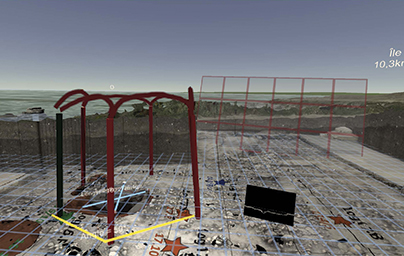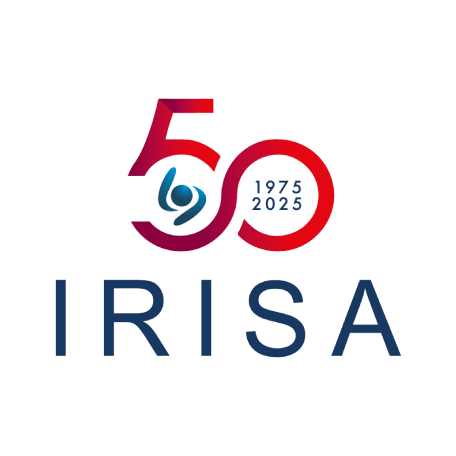

Beg-er-Vil the mesolithic village reconstituted in 3D
Human remains and other artifacts dating back 8200 years found on the archaeological site of Beg-er-Vil in Quiberon, guided the archaeologist Gregor Marchand (CNRS research director at CReAAH) to IRISA to reconstruct in virtual reality, the entire site at different periods of excavation that lasted 7 years.
Valérie Gouranton (teacher-researcher at INSA Rennes within the IRISA laboratory) and her team have thus realized a real virtual excavation site.
The Beg-er-Vil archaeological site bears witness to the presence of nomadic human groups who, during this prehistoric period, perpetuated a mode of subsistence based on hunting, fishing and gathering while beginning to settle down, or to reduce their seasonal movements.
The data from the remains left by their passage will have allowed the scientists of the IRISA laboratory to reconstitute a part of the village including a focus of sedentarization of bipeds.
Also, to help archaeologists understand this Mesolithic living environment, IRISA scientists have reconstructed the excavation site using numerous data acquisitions: terrestrial and drone photogrammetry, laser and μCT scan, of the site and artifacts, CSV file listing each object found on the site with geolocation, bathymetry, pH sampling, 2D maps and core samples.
What will virtual reality (VR) allow?
On a real excavation site, "archaeologists only have a small vision of the place each time, because they can only explore a part of the site each year", says Valérie Gouranton. The VR site is a complementary way to provide a context to the artifacts found, they are no longer isolated from their environment.
It is a real working tool with which the archaeologist has an interaction with the studied objects, and allows the links between them. Equipped with virtual reality headsets and controllers, archaeologists will be able to continue their investigation, measure, compare, annotate and add new data for future analysis. "With annotation and measurement tools, it is a complete tool that can be shared with other archaeologists," says the researcher.
Digital archaeology may help to discover the origin of the first dwellings of our (Breton) ancestors and especially their way of life.
France 3 report (French)
